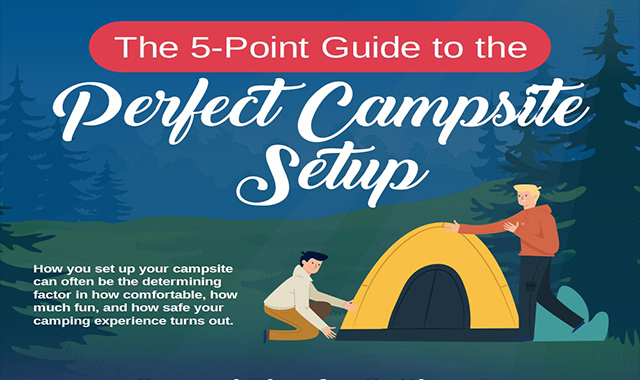Insulation Mistakes That Lead To Heat Loss
Winter Camping - Man Line Anchors in SnowWintertime outdoor camping is a fun and adventurous experience, however it requires appropriate gear to guarantee you remain warm. You'll require a close-fitting base layer to catch your body heat, together with a protecting coat and a water-proof shell.
You'll likewise require snow stakes (or deadman supports) buried in the snow. These can be linked making use of Bob's smart knot or a regular taut-line drawback.
Pitch Your Camping tent
Winter outdoor camping can be an enjoyable and daring experience. Nevertheless, it is essential to have the proper gear and recognize just how to pitch your tent in snow. This will prevent cool injuries like frostbite and hypothermia. It is additionally important to consume well and stay hydrated.
When setting up camp, ensure to pick a site that is protected from the wind and devoid of avalanche threat. It is also a great concept to load down the location around your tent, as this will help in reducing sinking from temperature.
Before you established your outdoor tents, dig pits with the very same size as each of the anchor points (groundsheet rings and individual lines) in the facility of the camping tent. Load these pits with sand, stones and even stuff sacks filled with snow to small and secure the ground. You might additionally want to take into consideration a dead-man anchor, which involves linking tent lines to sticks of timber that are hidden in the snow.
Load Down the Location Around Your Tent
Although not a requirement in many areas, snow stakes (additionally called deadman anchors) are a superb addition to your camping tent pitching package when outdoor camping in deep or compressed snow. They are basically sticks that are created to be hidden in the snow, where they will freeze and produce a solid support point. For best results, utilize a clover drawback knot on the top of the stick and hide it in a couple of inches of snow or sand.
Set Up Your Camping tent
If you're camping in snow, it is an excellent idea to utilize a camping tent created for wintertime backpacking. 3-season camping tents work great if you are making camp below tree zone and not expecting specifically rough climate, yet 4-season outdoors tents have stronger poles and materials and provide even more security from wind and heavy snowfall.
Be sure to bring sufficient insulation for your sleeping bag and a warm, completely dry blow up mat to sleep on. Inflatable mats are much warmer than foam and help prevent cool places in your camping tent. You can also add an added floor covering for resting or cooking.
It's also a good concept to establish your camping tent close to an all-natural wind block, such as a team of trees. This will make your camp more comfy. If you can not discover a windbreak, you can develop your own by excavating openings and hiding objects, such as rocks, outdoor tents stakes, or "dead man" supports (old tent person lines) with a shovel.
Restrain Your Tent
Snow risks aren't necessary if you utilize the appropriate methods to secure your tent. Hidden sticks (maybe gathered on your strategy hike) and ski poles function well, as does some version of a "deadman" buried in the snow. (The concept is to develop an anchor that is so solid you will not be able to draw it up, despite a great deal of effort.) Some suppliers make specialized dead-man anchors, however I favor the simplicity of a taut-line hitch linked to a stick and afterwards buried in the snow.
Understand the surface around your camp, especially if there is avalanche risk. A branch that falls on your camping tent can damage it tent footprint or, at worst, hurt you. Additionally be wary of pitching your tent on a slope, which can catch wind and bring about collapse. A sheltered area with a low ridge or hillside is far better than a high gully.
